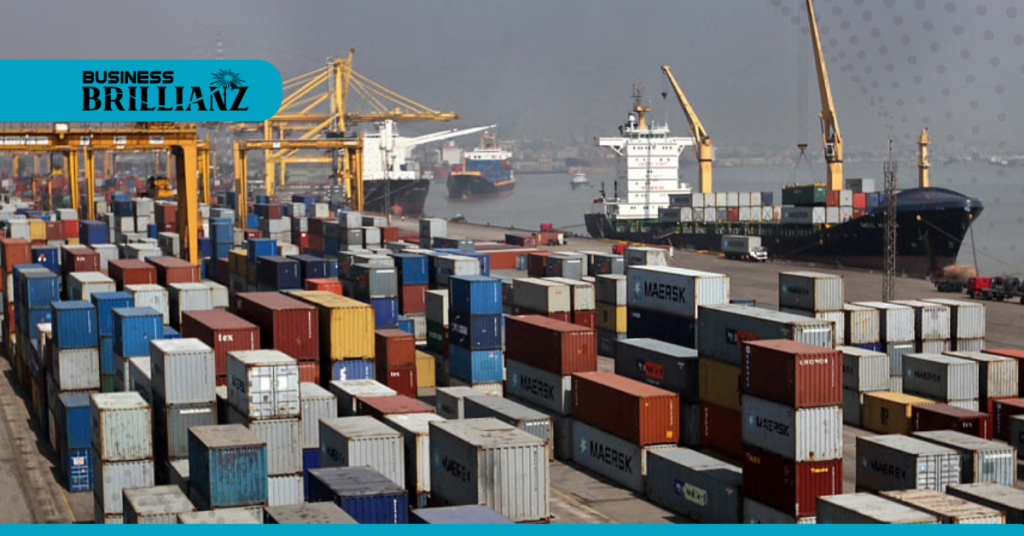In March, Bangladesh witnessed a commendable surge in its merchandise exports, primarily fueled by heightened shipments of apparel products. According to data unveiled by the Export Promotion Bureau (EPB), export earnings surged nearly 10 percent year-on-year to reach $5.1 billion. This robust performance underscores the resilience and potential of the country’s export sector, despite prevailing global uncertainties.
The surge in March export figures marks a notable achievement for Bangladesh’s export industry. Apparel products, a cornerstone of the nation’s export portfolio, played a pivotal role in driving this growth trajectory. The increased demand for Bangladesh’s apparel products in international markets contributed significantly to the overall export performance for the month.
However, amidst the positive momentum, it’s noteworthy that the March export figures fell marginally short of the monthly target by 0.88 percent, standing at $5.14 billion. This indicates room for further optimization and strategic initiatives to meet and surpass set targets. Nevertheless, the overall trajectory remains encouraging, reflecting the industry’s resilience and adaptability in navigating challenges.
Zooming out to assess the broader performance, the export landscape for the July-March period, encompassing the first nine months of the fiscal year, paints a picture of steady growth. During this period, exports accrued $43.55 billion, marking a commendable 4.39 percent year-on-year growth. This sustained upward trajectory underscores the industry’s ability to weather various global headwinds and capitalize on emerging opportunities.
The consistent growth in export earnings underscores Bangladesh’s increasing integration into the global economy and its emergence as a key player in the international trade arena. The nation’s export sector, particularly its prowess in apparel manufacturing, continues to be a vital engine for economic growth, employment generation, and foreign exchange earnings.
Key to Bangladesh’s export success is its competitive advantage in labor-intensive industries such as apparel manufacturing. The country’s skilled workforce, coupled with relatively low production costs, positions it favorably in the global market. Moreover, strategic initiatives undertaken by the government and industry stakeholders to enhance trade facilitation, improve infrastructure, and diversify export products have contributed to the sector’s resilience and growth.
Despite the promising trajectory, it’s imperative for Bangladesh to address lingering challenges and capitalize on untapped opportunities to sustain and accelerate export growth. This entails investing in skills development, innovation, technology adoption, and market diversification strategies. Additionally, efforts to enhance the ease of doing business, streamline regulatory processes, and address infrastructure bottlenecks will further bolster the competitiveness of Bangladesh’s export sector.
Furthermore, amidst the evolving global trade dynamics and the emergence of new challenges such as supply chain disruptions and geopolitical uncertainties, Bangladesh must remain vigilant and agile in its approach to trade policy and market dynamics. Collaborative efforts between the government, industry players, and relevant stakeholders are crucial to navigating these complexities and unlocking the full potential of Bangladesh’s export sector.
Looking ahead, Bangladesh’s export sector is poised for continued growth and resilience, driven by its competitive advantages, strategic initiatives, and the unwavering commitment of industry stakeholders. By harnessing the full spectrum of opportunities and addressing underlying challenges, Bangladesh can cement its position as a formidable player in the global trade arena, contributing to sustainable economic development and prosperity.


